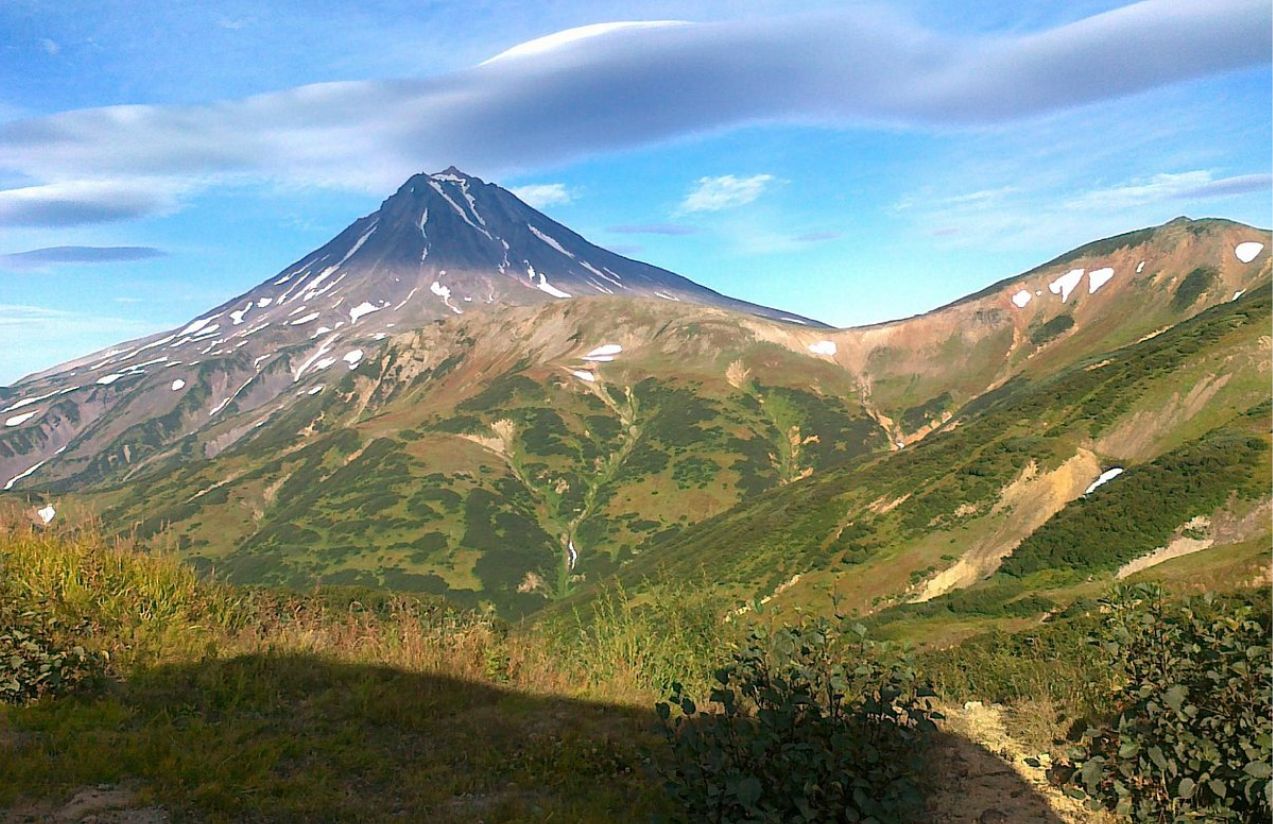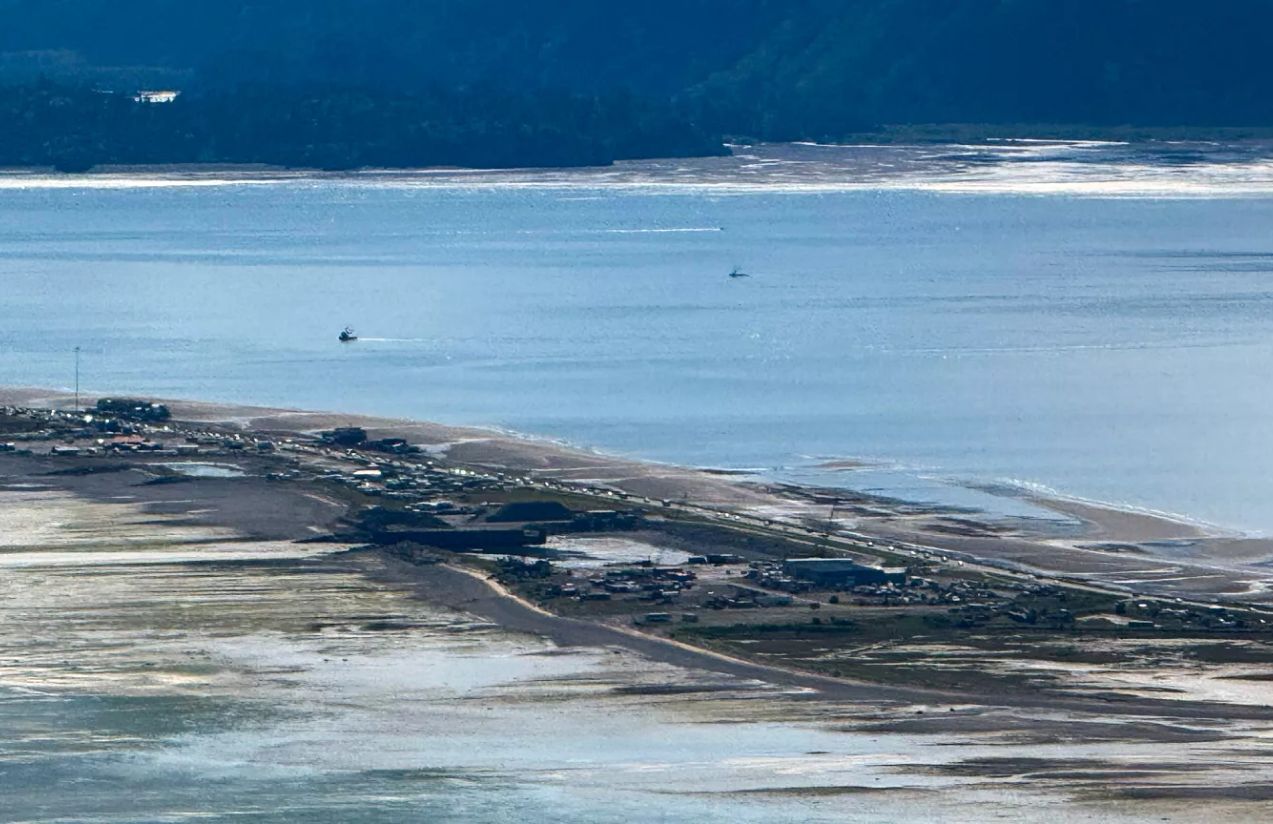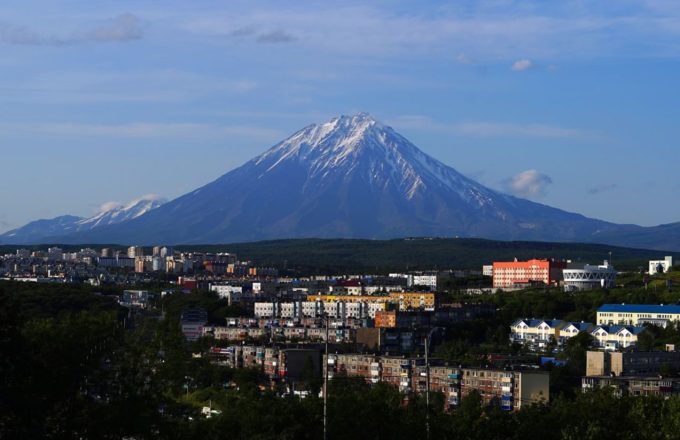On Sunday, July 20, 2025, two earthquakes measuring 6.7 and 7.4 in magnitude struck the coast of Kamchatka, in Russia’s Far East along the Pacific Ocean. According to preliminary data from the U.S. Geological Survey (USGS), the epicenter was located between 130 and 144 kilometers from Petropavlovsk-Kamchatsky, the regional capital. The second, more powerful quake occurred at 8:49 a.m. local time at a depth of 20 kilometers.
Due to the strength of the tremors, Russian authorities issued a tsunami alert for the country’s coastline, while the U.S. National Weather Service warned of strong waves approaching Hawaii. Although both alerts were lifted a few hours later, Russia’s Ministry of Emergency Situations advised residents to remain in elevated areas. Officials emphasized that no mandatory evacuation is currently in place.

Kamchatka is part of the Pacific Ring of Fire, a highly active seismic and volcanic region that accounts for about 90% of the world’s earthquakes. Authorities continue to closely monitor wave activity and are evaluating whether further precautionary measures are needed.
Should we fear a devastating tsunami after these quakes?
Not necessarily. Although the earthquakes were significant and triggered alerts, authorities lifted the warnings after determining that the immediate threat had passed. However, they continue to monitor the situation and are urging coastal residents to remain cautious.










